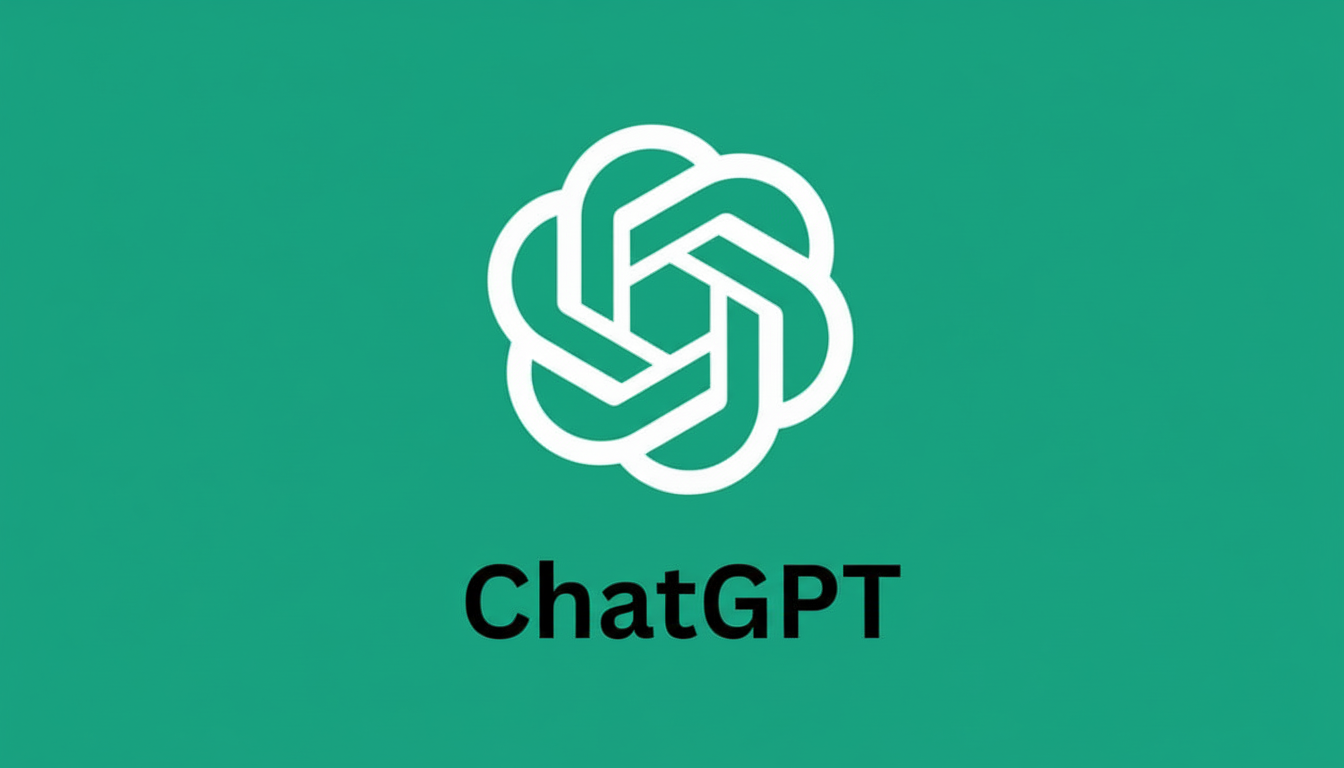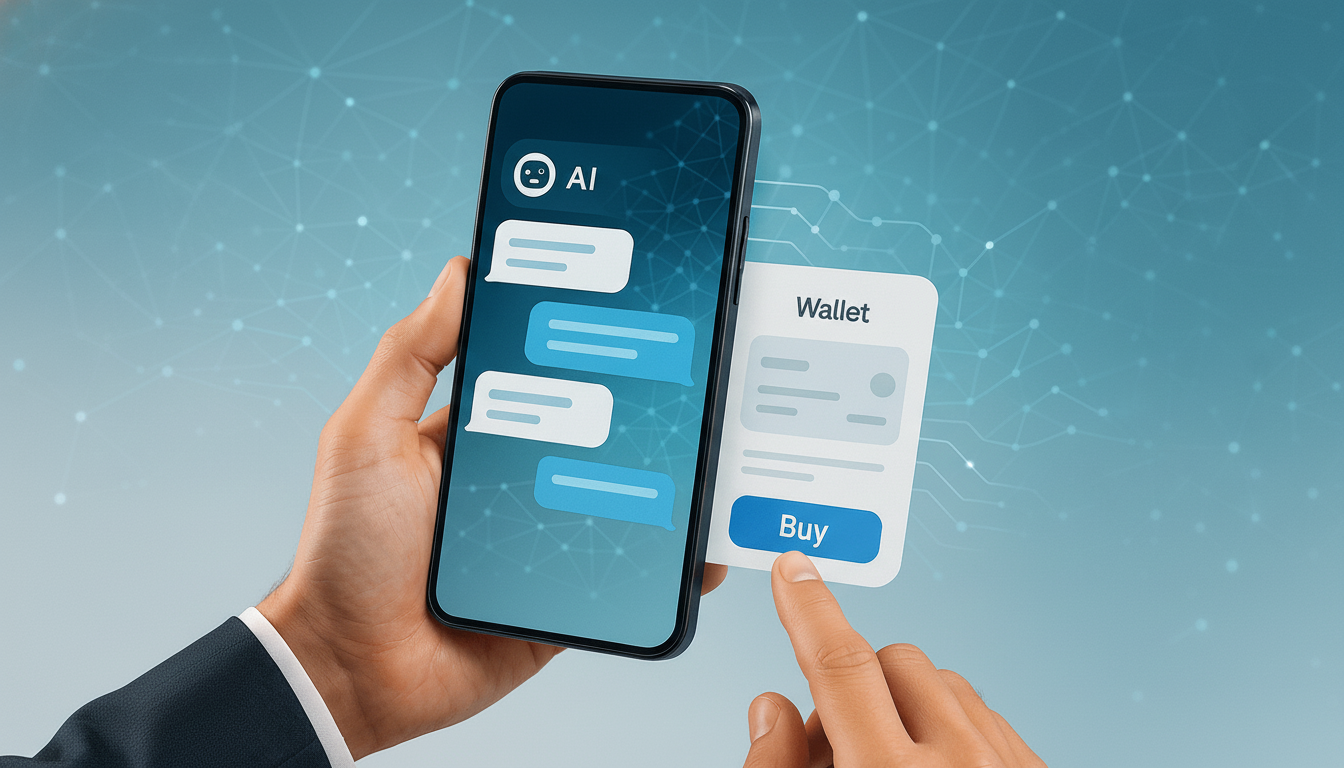OpenAI is making ChatGPT a place you can shop, not just chat. The startup brings a PayPal business model to the often unprofitable chat app scene, with plans to integrate monetizable features including a wallet and in-chat purchasing for users and the capability for AI-augmented sales leads for businesses.
First reported by CNBC, the deal puts PayPal’s checkout button directly inside ChatGPT’s interface. In practice, an assistant’s recommendations — perhaps a book, a software subscription, or even office supplies — might culminate in an in-thread purchase, with PayPal managing authentication, payments, and buyer protections. It’s a tangible step toward “agentic commerce,” in which AI goes from advising what to buy to actually executing the transaction for you.
- What the PayPal wallet allows inside ChatGPT commerce
- How it might work in the checkout flow in ChatGPT
- Why this integration matters for emerging AI commerce
- Merchant implications, fees, and operational considerations
- Safety, governance, and transparency questions to address
- The bigger strategic picture for OpenAI and payments
- What to watch next as ChatGPT integrates PayPal wallet

What the PayPal wallet allows inside ChatGPT commerce
For users, with this integration, stored PayPal credentials and device-level authentication can be used to provide trust without requiring the user to go through familiar flows like One Touch.
For businesses, it means being able to surface product catalogs, dynamic pricing, and promotions within conversational journeys and close the loop with a verified payment.
PayPal contributes huge scale and a lengthy background in risk modeling. The company also has, more or less, hundreds of millions of wallet holders globally, and it processes billions in transactions per year — which means it can use that to feed deep data pools for fraud detection and chargeback management. That infrastructure is crucial when transactions are being initiated by an AI agent, not a traditional checkout page.
How it might work in the checkout flow in ChatGPT
Here’s what a typical flow might look like: You ask ChatGPT to search for a low-cost webcam with certain specifications. The model contrasts choices, clarifies your preferences, and brings back a short list. You pick one; ChatGPT displays a summary that includes price, a shipping estimate, and a “Buy with PayPal” button. Tap to authenticate with your PayPal password, confirm delivery info, and the order is placed — all without bouncing over to a browser tab or retailer site.
Under the hood, PayPal would tokenize sensitive data, implement device fingerprinting and velocity checks, and score the transaction for risk. Refunds and disputes would flow into PayPal’s existing protections, providing users with familiar avenues for redress while keeping merchants on the inside of established policies.
Why this integration matters for emerging AI commerce
And yet, digital wallets are now the currency of choice on the internet. E-wallets represent more than half of the global e-commerce transaction value, according to the FIS Global Payments Report, and will grow even more in the coming years. Combining that adoption with conversational discovery solves a longstanding drop-off between research and checkout.
Cart abandonment stays stubbornly high — Baymard Institute’s meta-analysis puts the average at around 70%. If ChatGPT crunches intent, evaluation, and purchase into a single conversation, then it can cut down volumes of friction points in the funnel: fewer tabs open in the browser, fewer forms to fill, and fewer opportunities to bounce.

Merchant implications, fees, and operational considerations
For sellers, the move opens a new channel in which product discovery is fueled by natural language rather than search keywords or ads. Standard PayPal processing fees should apply, with settlement, reconciliation, and dispute flows available in line with existing PayPal dashboards. The more detailed product information a retailer can feed ChatGPT — correct specs, inventory status, order fulfillment windows — the greater the likelihood that its assistant will present it with confidence.
Among early winners could be digital goods, subscriptions, and commoditized hardware for which AI can rapidly map features to needs. Travel, events, and services may come later as ChatGPT gains more consistent access to inventory and scheduling APIs.
Safety, governance, and transparency questions to address
Embedding payments in an AI interface presents obvious guardrails: guarding against unwanted purchases, verifying identity, and cutting down on hallucination-powered recommendations. Look for explicit confirmation prompts, spending limits, and granular controls in the case of shared accounts. NIST AI Risk Management Framework standards, coupled with payment compliance regimes such as PCI DSS and PSD2’s strong customer authentication, will drive the rollout.
Not misleading users about sponsored listings versus organic suggestions will also be key. Insofar as commercial placement influences ChatGPT’s suggestions, disclosures must be explicit in order to preserve trust.
The bigger strategic picture for OpenAI and payments
This wallet move complements OpenAI’s larger effort to turn ChatGPT into a daily utility, not just a Q&A tool. The company has recently rolled out its own browser experience, making the assistant capable of remembering context across sessions and doing something about it. Payments is the next natural piece toward one unified interface for search, planning, and purchasing.
Rivals are moving too. Big platforms have already built in Apple Pay, Shop Pay, and native wallets into invisible checkouts; search and shopping services are now beta testing conversational agents that can book, buy, and return. Which wallets, marketplaces, and logistics each AI will list as partners will determine who wins the consumer’s first tap.
What to watch next as ChatGPT integrates PayPal wallet
Core variables include how quickly PayPal coverage rolls out to regions, whether Venmo is supported next, and how refunds and disputes are managed within the chat thread. Merchant onboarding, catalog quality, and ad transparency will ultimately dictate whether users see this as a convenience or an invasive storefront.
Handled well, ChatGPT might not just be a recommendation engine but an end-to-end shopping buddy — a shopping buddy that is aware of your constraints, takes the trouble, and makes closing the cart with a trusted wallet all in one conversation.

